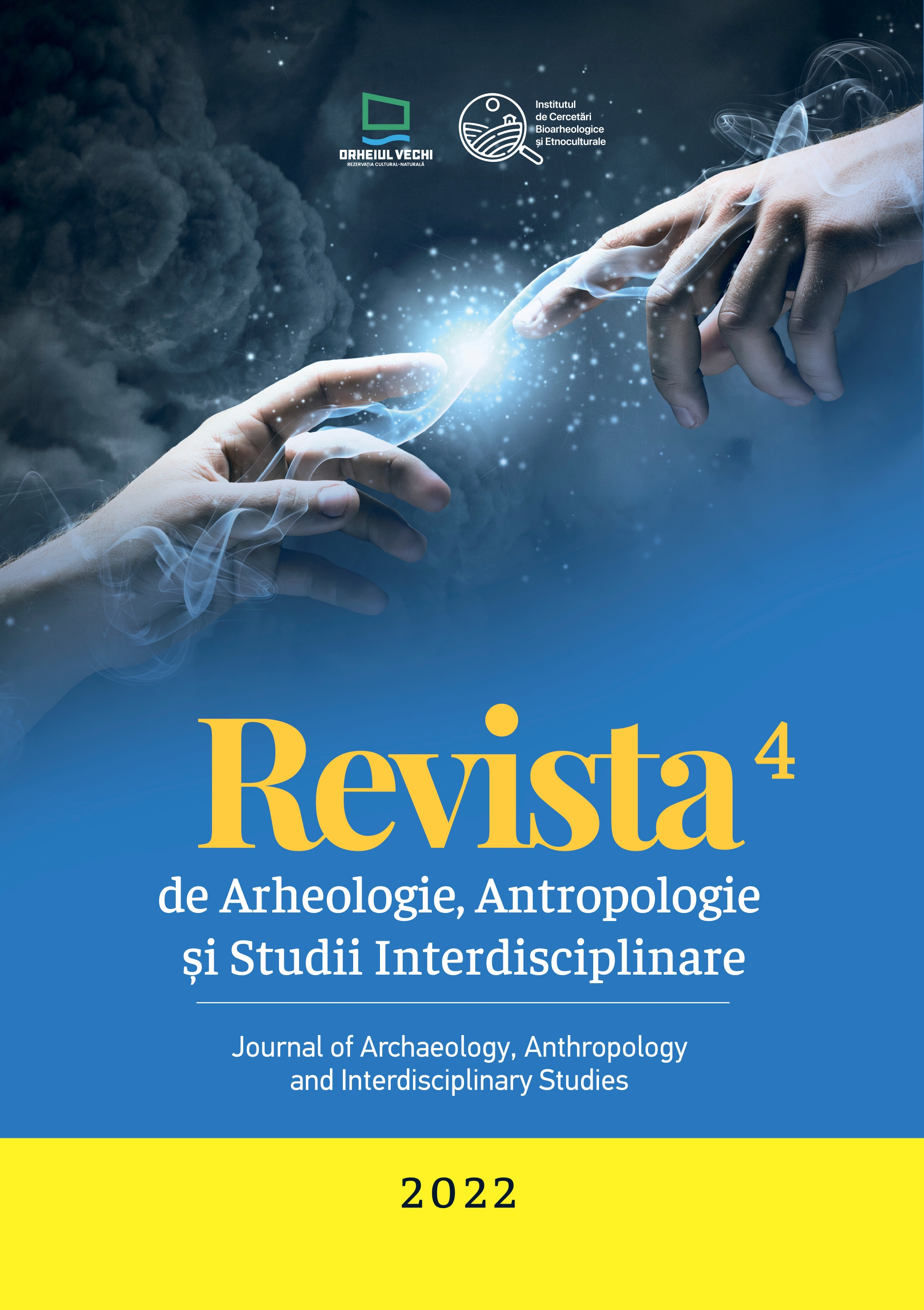Contacts between south-eastern Transylvania and the Upper Tisza Basin during the Middle and the Late Bronze Age
Contacts between south-eastern Transylvania and the Upper Tisza Basin during the Middle and the Late Bronze Age
Author(s): József Puskás, Zoltan-Jozsef BothaSubject(s): History, Archaeology, Ancient World
Published by: Bons Offices – Casa Editorial-Poligrafică
Keywords: Wietenberg culture; Suciu de Sus culture; Nackenscheibenaxt; cultural connections; imports;
Summary/Abstract: The present study deals with a few older discoveries that have been unpublished until now or have been wrongly interpreted. These objects contribute to a better understanding of contacts between southeastern Transylvania and the Upper Tisza Basin during the Middle Bronze Age (MBA) and Late Bronze Age (LBA). Two pottery fragments were discovered at the site Reci-Telek and belong to the Suciu de Sus culture. Most probably these can be linked to the MBA settlement of the local Wietenberg culture, to its C/III phase of evolution. For the third sherd from Reci we have not yet found a good analogy, but we believe it belongs to the cultural milieu of the Upper Tisza Basin or the eastern part of the Great Hungarian Plain. Another sherd from the LBA site at Peteni-Alsóhatár can probably be linked to the early Noua settlement. Based on the decoration this pottery fragment very likely comes somewhere from the Upper Tisza Basin, probably from the late Otomani, Suciu de Sus or Cehăluț milieu. An axe with disc and spike was very likely to have been discovered in the area of the Odorheiu Secuiesc town and represents another argument for contacts between the two areas. The main distribution area of this axe type was the region of the Suciu de Sus and the Lăpuș cultures. The distribution of the imported objects in the neighbouring territories cover a much larger area, they also appear east of the Carpathians. Another similar axe in south-eastern Transylvania is known from Zagon. Both were goods imported by the Noua communities from north-western Transylvania or the Upper Tisza Basin, an area rich in raw materials like gold, copper and salt.
Journal: Revista de Arheologie, Antropologie și Studii Interdisciplinare
- Issue Year: 4/2022
- Issue No: 1
- Page Range: 187-212
- Page Count: 26
- Language: English

